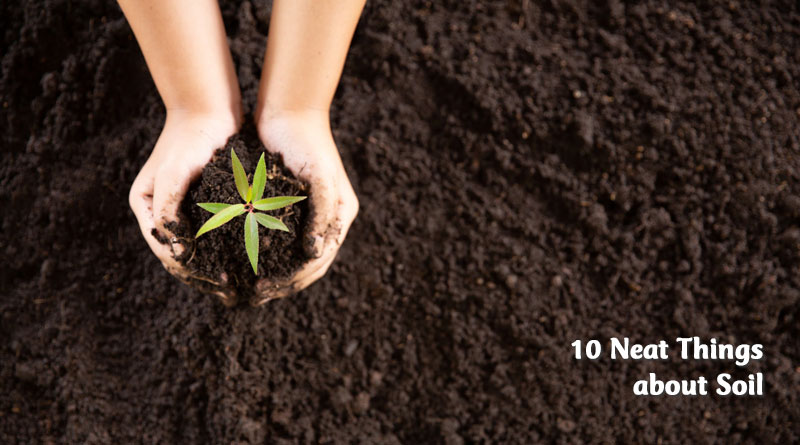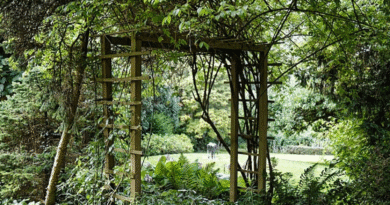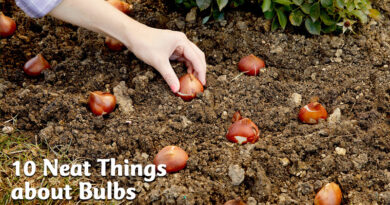About Soil

1. You have to eat a peck of dirt before you die.
Fortunately, that old saying does not apply to plants, which in fact, do not themselves eat “dirt”. Plants need four things to live: light, air, water and minerals, the last three found below the surface of the earth. To make the minerals available in a form plant root can utilize, soil needs the teeming life of billions of microscopic animals and fungi which digest, through decay and other mechanisms, organic material. In the process, minerals are released in forms that plants can use.

2. Just a pile of rock, dead stuff and bugs.
The four components of soil are minerals (particles of broken rock), organic material (the dead stuff, both animal and plant) and living organisms, air (which exists between the particles of rock and organics) and water.
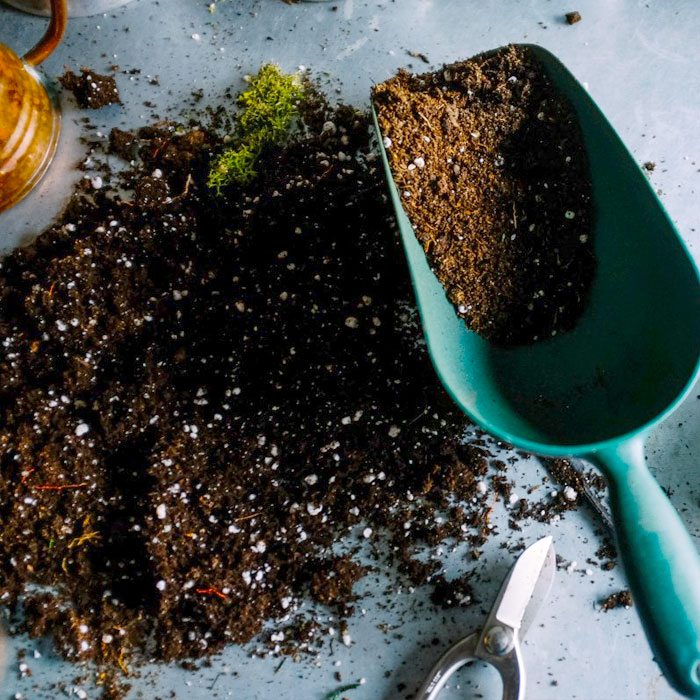
3. What about those living organisms?
Animal life is a complicated, inter-dependent thing and the same is true of plants. They depend on the actions of microorganisms, such as mycorrhizae, to break down minerals so plant roots can absorb them; in return, the plant provides mycorrhizae with carbohydrates. There are billions of living things in soil that work with plants in a symbiotic relationship. Just one gram of soil contains about 600 million microorganisms that play a part in recycling, releasing and storing food for plants and other microorganisms.
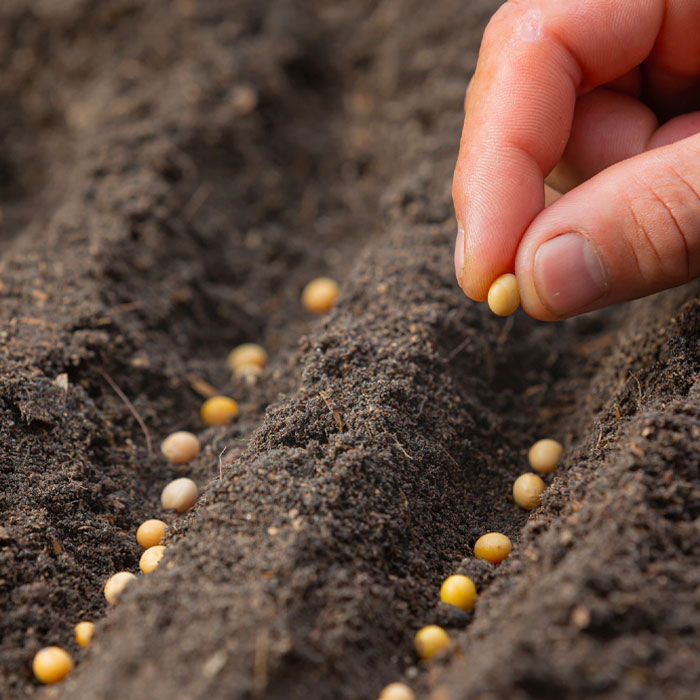
4. Nothing but the best for your plants.
Is there a perfect soil? No. By volume, soil that is composed of 45 percent minerals, 25 percent water, 25 percent air and 5 percent organics – plus those 600 million microorganisms per gram – would come close to the “ideal”, but the “ideal” will change with the needs of the plant. The best soil allows water and air, in the above proportions, to support the underground activity that is necessary for plant life.

5. What’s in bagged potting mixes?
Usually, potting mixes do not contain any soil as we know it in the earth. Instead, they consist of things such as peat moss, sphagnum moss, leaf mold, pine bark, Perlite, Styrofoam, charcoal, rice hulls, coconut hulls, saw dust, and maybe sand or lava rock and in a few cases clay. Occasionally, they will contain topsoil. These mixes are often sold as special blends for certain plants, and they try to mimic the natural conditions suited to the intended plant. Peat moss is the most common base of all the potting mixtures, although in Britain where peat bogs are being depleted, there is now some attempt to replace this with other organics such as coco-husk (coir).
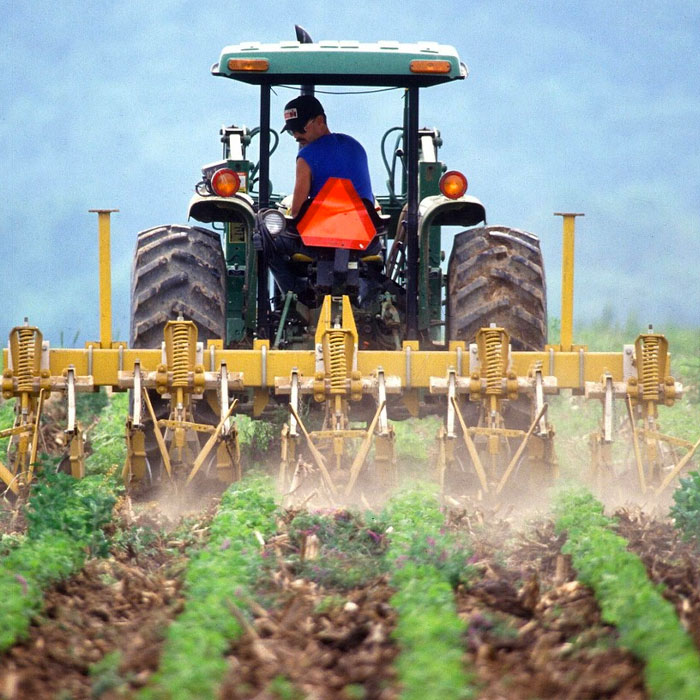
6. Overworking the soil.
Pulverizing the soil was an idea expounded by Jethro Tull, the inventor of the seed drill in 1701. For over 300 years, that’s just what farmers did, but his theory was based on the mistaken idea that the harder the soil was worked, the more nutrients would be available, while really what tilling does is help control weeds and create a more permeable medium for plant roots, air and water. The practice of overworking the soil helped exacerbate the dust bowl of the thirties in North America. Don’t overwork your soil.
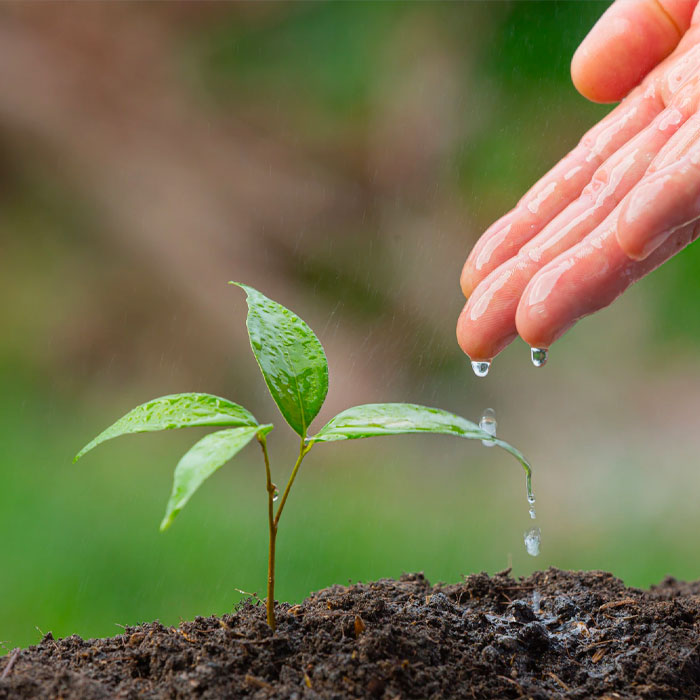
7. What was in that primordial soup?
Over the years, there have been many theories about how plants utilize the medium their roots are anchored in. Some thought that the key constituent for growth was that pulverized mixture of the material in the earth. Others believed it was the ash left behind by combusted plant and animal material. Then one scientist, named Jan Baptist van Helmont, grew a willow in 200 pounds of oven-dried soil for five years, adding nothing but rainwater. At the end of that time, he weighed the soil and found a difference of two ounces, which he assumed was an error in his measurements. Since only rainwater had been added, he concluded that water must be the key constituent. In fact, the two-ounce difference in the weight of the soil was probably accounted for by the minerals the tree dissolved and took up during its growth in that five-year period.
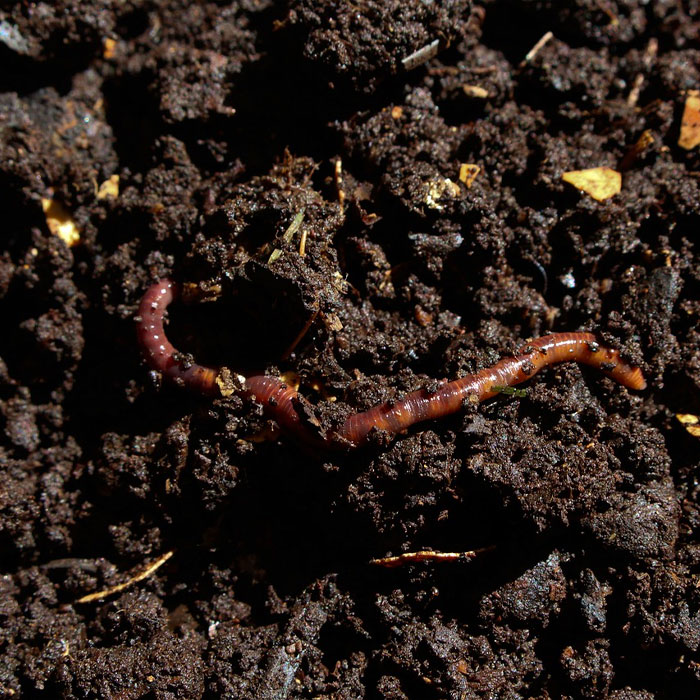
8. Can soil be depleted?
This is an interesting question. There is no doubt that mineral constituents existing near the surface, where most plant roots feed, can be leeched of readily available macronutrients such as phosphorous, potassium and nitrogen as well as a long list of micronutrients. But as long as there is enough organic material to feed microorganisms in the soil, the mineral content will ultimately be converted into forms available to plants – with a little help from the sky, in the form of thunderstorms to help release nitrogen, and from leguminous plants (peas, caragana, alfalfa) that do the same thing in the soil. Not only that, but taproot plants, earthworms, insects and other plant and animal interactions continually bring mineral nutrient to the surface of the earth. There is an endless supply of rock down there. Topsoil, however, can be depleted by poor soil conservation methods such as clear cutting and over-tilling, causing the soil to dry out and blow away.

9. How does soil die?
Dead soil would be soil entirely devoid of life, meaning no microorganisms. Dead soil would be completely dry (although, even here, tiny microorganisms lay dormant, waiting for the first hint of water to begin the rebirth.) And since we have lately learned that rain and snow deliver microorganisms to the earth, it would be hard to keep the soil dead, even if it were possible in the first place. As long as there is life, there will be life in the soil.
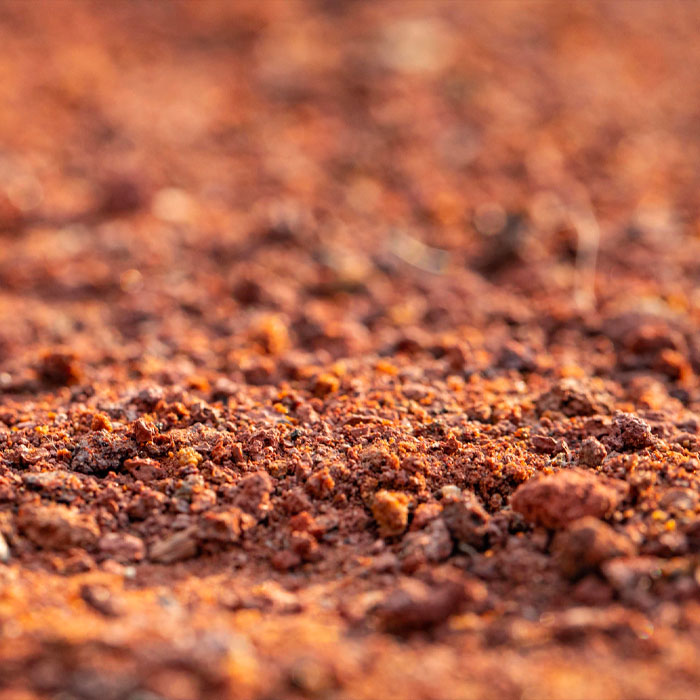
10. Feeding the soil.
Perhaps we should rethink how we treat soil and work to feed the microorganisms, worms, fungi, snails and others that keep the soil healthy and alive. Come to think of that, this is exactly what good gardeners do by adding organic material from peat moss, leaf mold and compost. You are all so smart!
-Dorothy Dobbie Copyright©
Pegasus Publications Inc.

